The Easy Reading section is located on the B4 level of the Bibliotheca Alexandrina Main Library.
 |
 |
| Figure 1. The Easy Reading Section |
Figure 2. The Easy Reading Section |
The section contains books in Arabic, divided into three levels:
- Beginners Level: Books contain maximum four lines of text per page, and the text is provided with complete (manually added) diacritics in order to facilitate reading;
- Intermediate Level: The text occupies up to 50% of the page (with complete diacritics as well);
- Advanced Level: Books with no more than 100 pages.
 |
.jpg) |
| Figure 3. Beginners Level |
Figure 4. Beginners Level (inside the book) |
 |
 |
| Figure 5. Intermediate Level |
Figure 6. Advanced Level |
The Easy Reading section mainly targets graduates of adult literacy classes and recently educated adults. However, it can serve all adults who like to browse illustrated or “easy” books in general, since this type of book can usually be accessed through the Children and Young People's Libraries only.
The books in the Easy Reading section focus on:
- Health, social, and civil awareness.
- Skill building.
- General knowledge in various fields.
- Egyptian history and heritage.
- An introduction to countries and cultures of the world.
 |
 |
| Figure 7. Health and Social Awareness |
Figure 8. Skill Building |
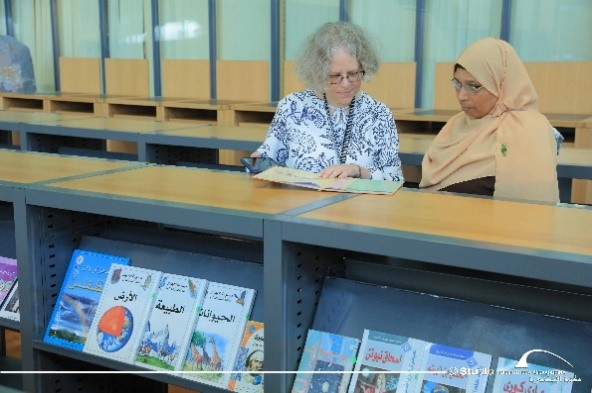 |
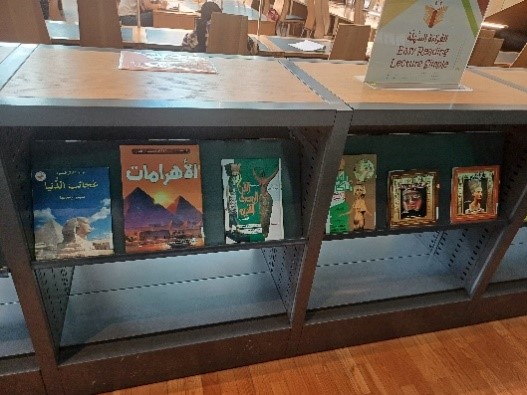 |
| Figure 9. General Knowledge |
Figure 10. Egyptian & World Heritage |
The section organizes free monthly Easy Reading sessions, open to all users (Library members and non-members aged 16 and above).
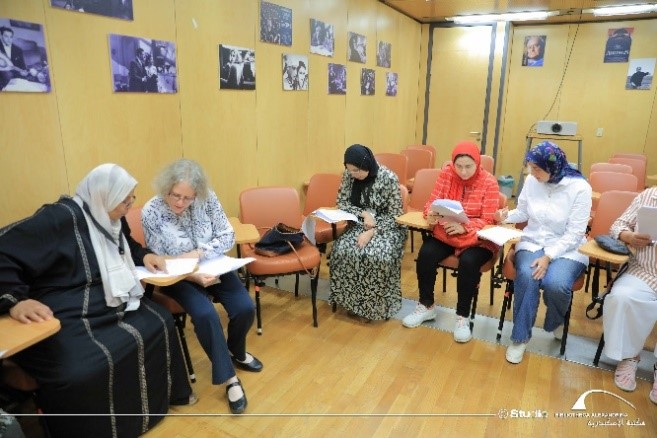 |
(2).jpg) |
.jpg) |
| Figure 11. Easy Reading session |
Figure 12. Easy Reading session |
Figure 13. Easy Reading session |
In parallel, the section builds a professional network with teachers and organizations working in the field of adult literacy. Hence, a cooperation agreement was signed with the General Authority for Adult Education in October 2023, which ensures a cooperation in developing adult literacy teachers’ skills and providing access to print and electronic publications on adult literacy, as well as encouraging graduates of adult literacy classes to visit libraries.
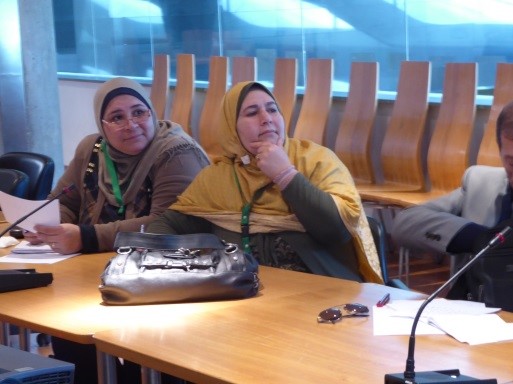 |
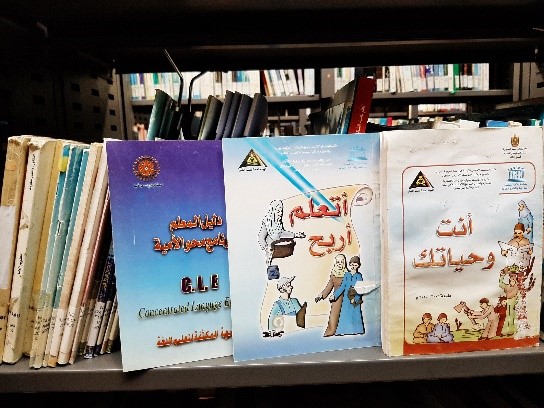 |
| Figure 14. Training workshop for literacy teachers |
Figure 15. Various literacy methods on the Library shelves |
Furthermore, the cooperation includes the development of a new literacy method for adults and the establishment of experimental literacy classes to test the method. The new method - entitled “Book & Screen” – consists of two parts: part 1 that focuses on learning reading and writing the letters and part 2 on functional literacy, including the use of mobile phones.
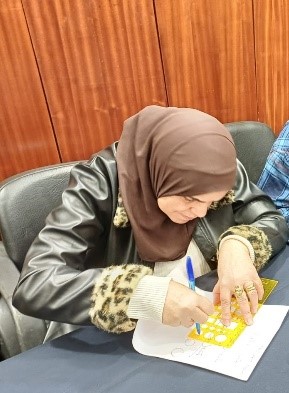 |
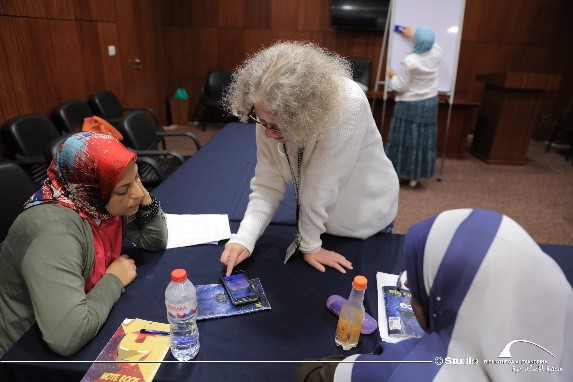 |
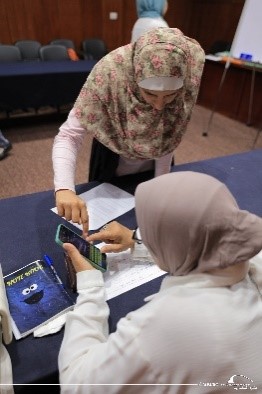 |
| Figure 16. “Book & Screen” program experimental literacy class |
Figure 17. “Book & Screen” program experimental literacy class |
Figure 18. “Book & Screen” program experimental literacy class |